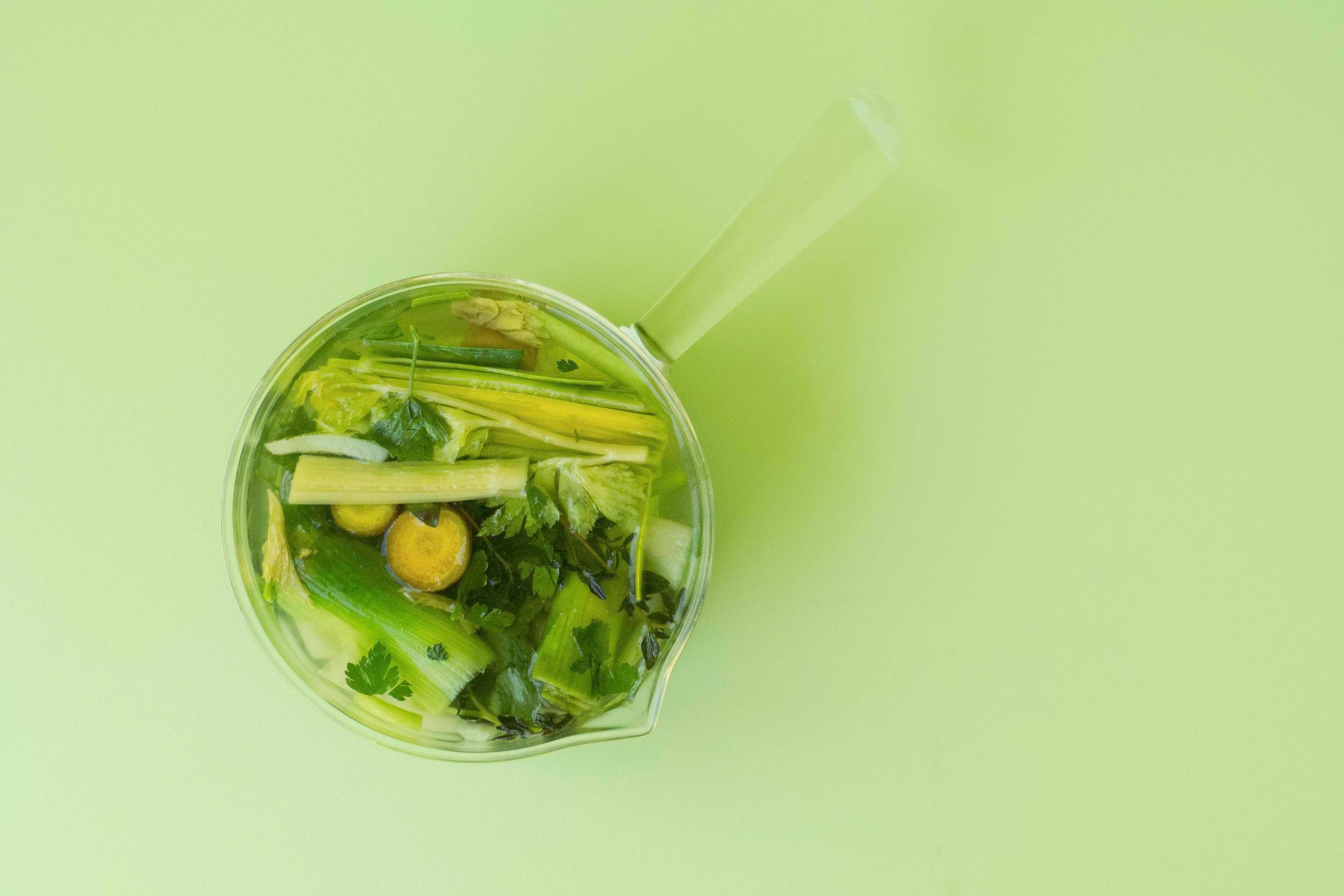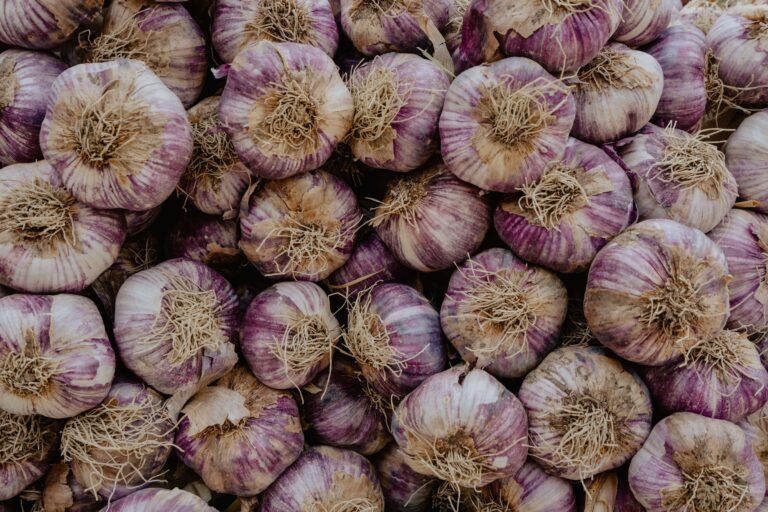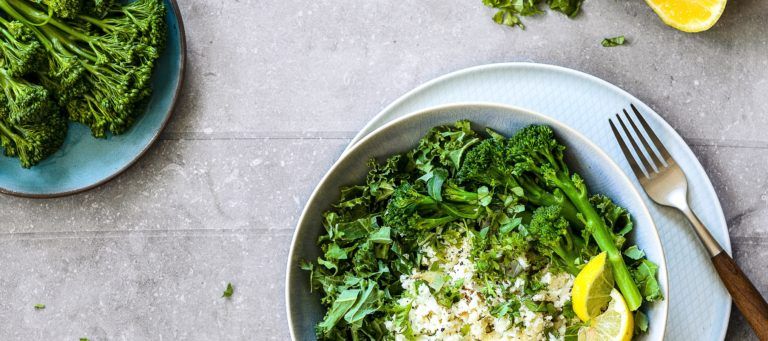In Making Babies, Jill guides people trying to conceive using the classification of five different fertility types: Pale, Waterlogged, Tired, Stuck, and Dry. Over the next several weeks, I will relate each type to their distinct dietary needs, including a recipe or two as examples of things you can easily prepare at home to boost your fertility.
For the Pale type, Jill recommends 30% protein, 30% complex carbohydrates, and 40% fruits and vegetables. Iron-rich foods, such as eggs, lentils, watercress, and lean meat are important for the Pale type. Don’t forget to include nutrient-dense sources of Vitamin C to help assist in efficient iron absorption in the body. Vitamin C can be found in dark leafy greens like kale, chard, mustard greens, and spinach, as well as broccoli, citrus fruits, papaya, and strawberries.
One of my favorite things to do on a chilly Sunday is to make rich bone broths. They are wonderful to have on hand to use as the base for soups, stews, risotto, cooking whole grains, and using in place of oil to cook vegetables. Within many cultures, bone broths are considered the ultimate cure-all, a great way to sneak more protein and trace minerals into your diet and excellent for babies and children, especially in this season of rampant colds and flu. The rich gelatin that is drawn from the bones also has excellent benefits such as reducing internal inflammation and healing the intestinal lining of the digestive system. It also boosts the collagen in your skin, bones, ligaments, and joints. This invites beauty and balance both inside and out!
From a traditional Chinese perspective, bone broths build blood, nourish kidneys, and support one’s vital essence. In Western terms, this means that our immune system and adrenals are boosted, nourishing hormone balance.
Winter will be lingering for a couple of months more and take advantage of the time indoors with some warming, soothing bone broth.
Rich Bone Broth
I tend to make a large stockpot and freeze half in smaller containers to pull and have on hand as needed.
- 2-3 lbs bones (beef, poultry or fish)
- cool filtered water
- 2 tablespoons of cider vinegar or lemon juice
Preheat the oven to 400 degrees. I like to place the bones (without liquid) in an oven-safe stockpot or Dutch oven and roast bones for an hour.
Pull the pot from the oven and fill the pot with filtered water. Place on the stove-top, bring to just under a boil and reduce to a low simmer. Add a bit of acid (vinegar or lemon juice) to further draw minerals from the bones into the stock as it simmers. Skim any rising foam from the top of the stock with a fine-mesh strainer as it cooks. Allow the broth to cook on a low setting for several hours, a minimum of three hours for fish, six hours for chicken, and a minimum of eight for beef. Think in terms of the longer, the better, relative to the size of the animal from which the bones are sourced.
Remove from heat and allow the broth to cool on your counter. Once cool, again skim off any excess fat. The cooked broth will likely be more gelatinous than liquid until it is warmed again. Fully chill in the refrigerator overnight and then divide it into smaller containers if you would like to then freeze.
To use, simply remove from the freezer and put it in the refrigerator to defrost. Then place over low heat in a saucepan until warmed through.
A Few Additional Ideas
- It is important to seek out bones from a butcher or a farmer at the farmers’ market that sources free-range, grass-fed, pastured animals.
- The bone broth can be cooked in a slow cooker, allowing a low and slow process for a long as 24 hours or more.
- Feel free to add garlic, vegetables, and herbs to the broth to suit your taste.






